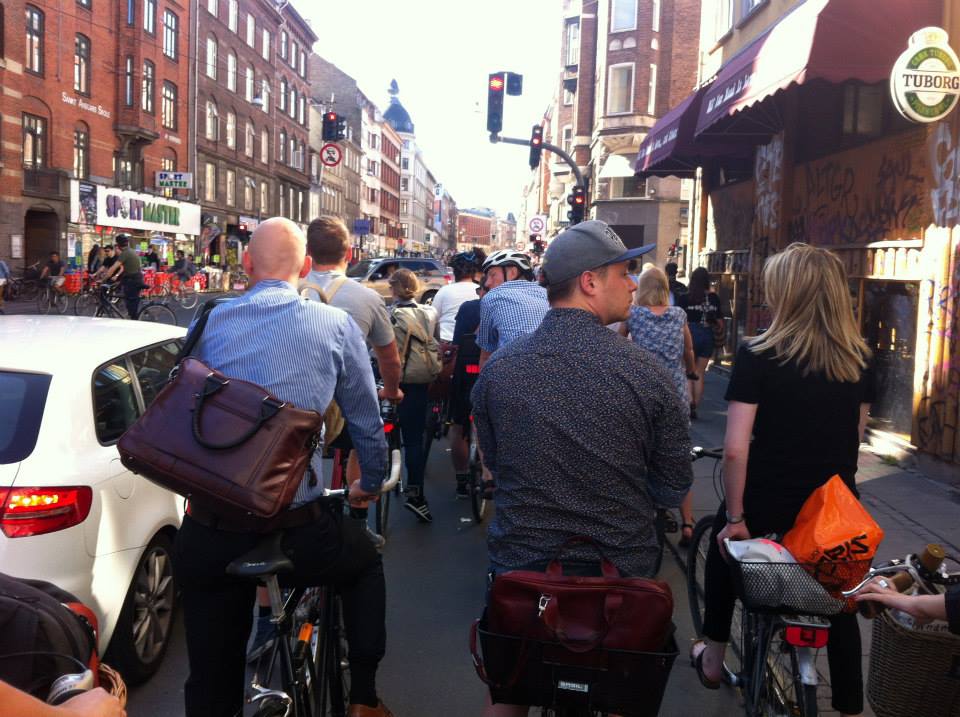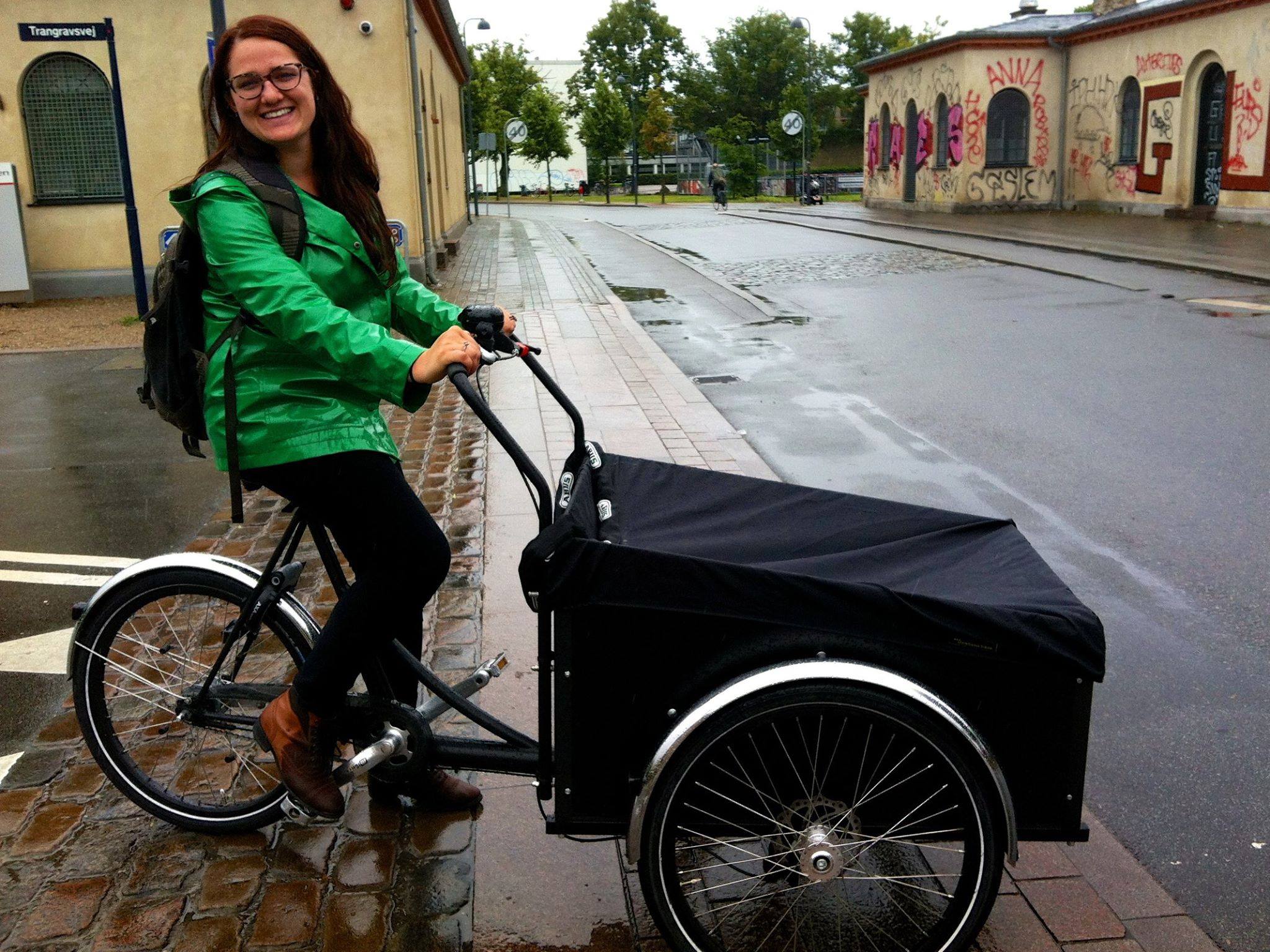How does my masters project relate to creative place-making?
I plan to engage with stakeholders and city officials so site design implementation can benefit a larger group of people. Through pedestrian counts and open interviews I will determine the relevance of the design solution to the field of landscape architecture and planning.
What relationships exist between my project and Indra’s Web?
I am looking to find the site scale drivers that inform creative placemaking. I will be interested in finding how socio-ecological processes can improve the adaptability of creative, urban landscapes.
What patterns am I looking for?
Pedestrian movement and engagement patterns will inform a design process for culturally and ecologically resilient urban sites. I will evaluate site imageability and analyze spaces for contextual patterns. This process will inform the site design proposal process for a creative, interactive public event; the design project will be based in combination with peer research and collaboration with stakeholders.
What patterns exist on a broad level? (potential pattern relationships between my project and Indra’s Web)
Determination of drivers (walkability, active transit, identity, experience, memory, triangulation effect) that encourage creative placemaking. Once revealed I can propose a more informed design proposal that encourages site activation AND resiliency. As the group works toward a design proposal to share with the stakeholder I can identify drivers that encourage site activation and duration.


